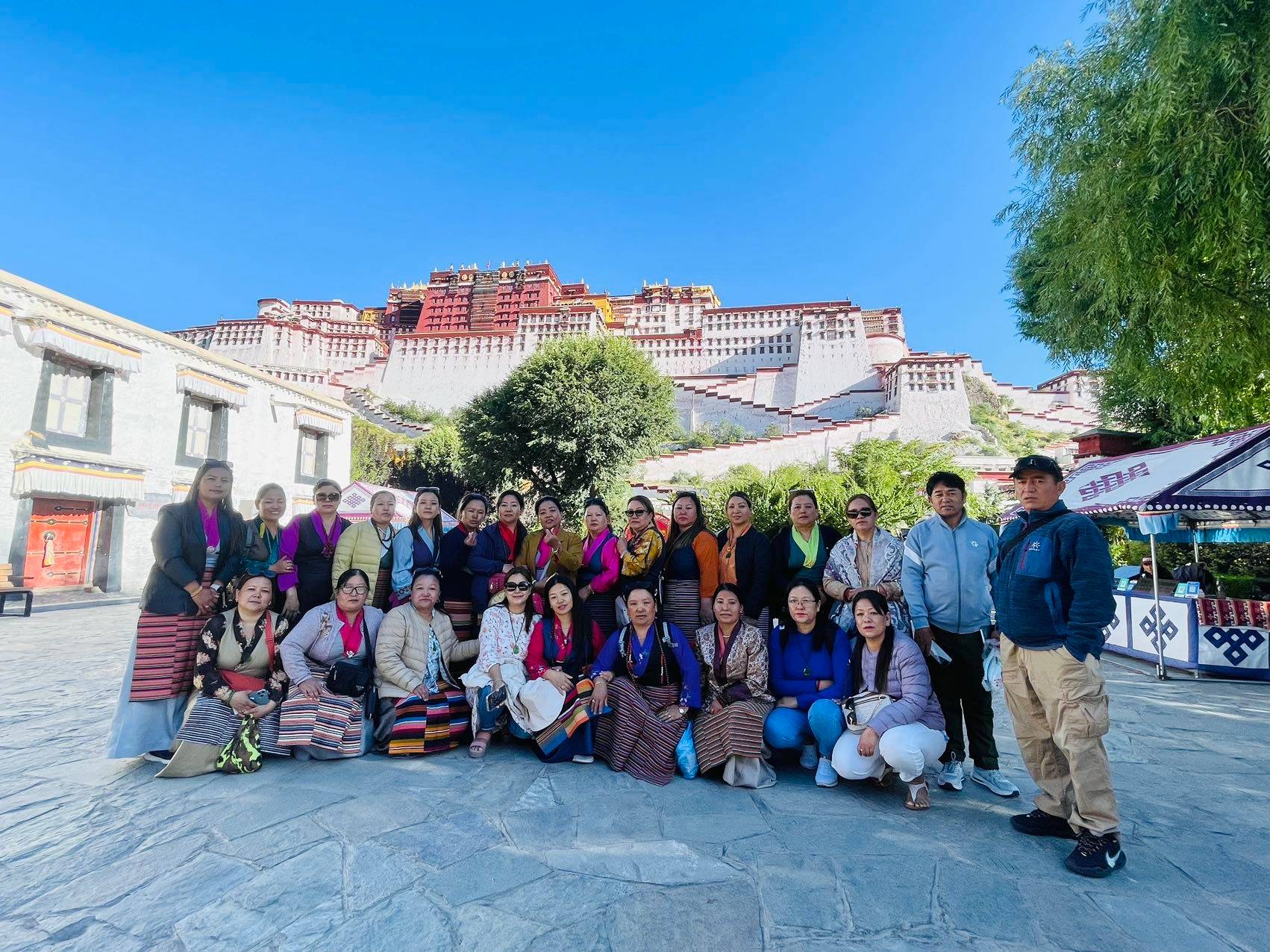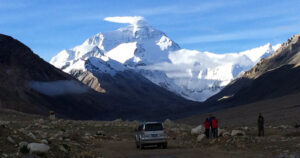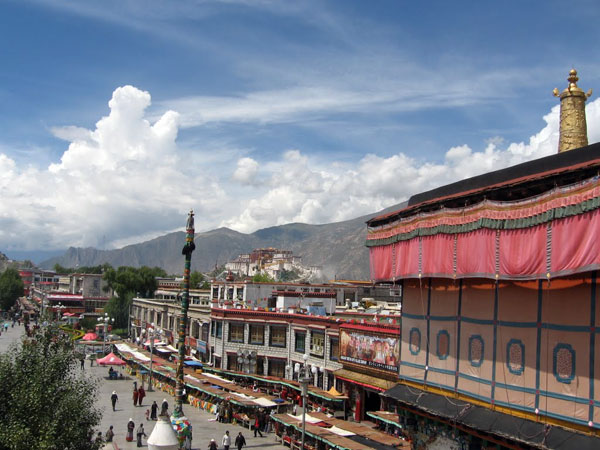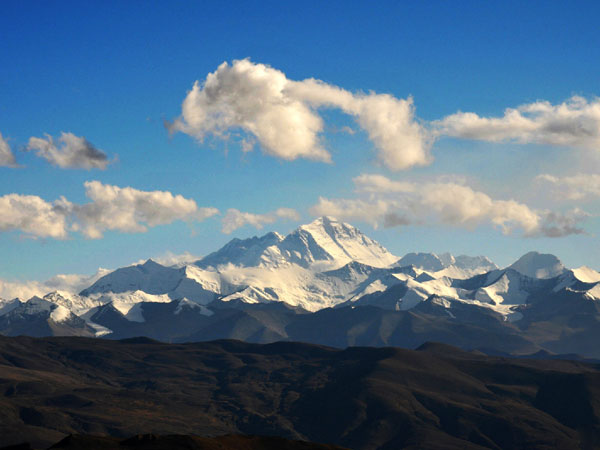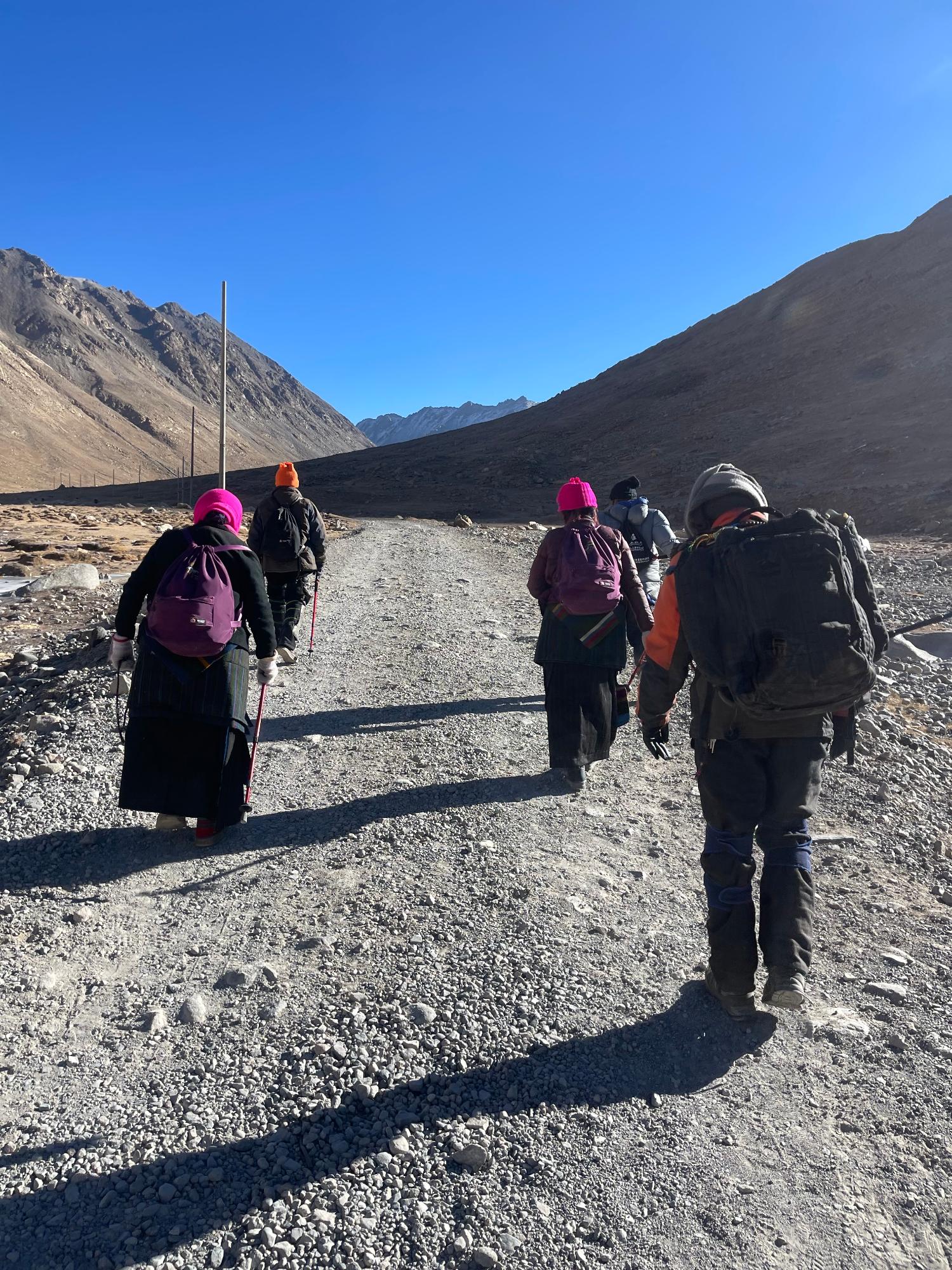Tibet Lhasa Overland Tour from Nepal
The Tibet Lhasa Overland Tour from Nepal in 2024 is a spiritual odyssey that combines breathtaking natural beauty, historical sites, and off-the-beaten-path adventures. This is not just a vacation but a profound journey that delves into the essence of two of the world’s most mystical places.
Before you learn about the overland tour, let’s learn about the three important regions: Tibet, Lhasa, and Nepal.
Tibet, often called the “Roof of the World,” is a captivating region north of the Himalayas. It offers a breathtaking experience of stunning scenery and a profound exploration of Tibetan Buddhism, leaving visitors in awe.
Lhasa, the capital of Tibet, is not just a city but a cultural and spiritual hub. Surrounded by exceptional natural beauty, old traditions, and cultural richness, it is tucked away inside the majestic Himalayan highlands. Lhasa’s major attractions are not just landmarks but gateways to the profound world of Tibetan Buddhism and its impact on everyday life. Once you enter these sites, you can discover Tibetan handicrafts and the tranquil high-altitude scenery with marvelous vistas of snow-capped mountains and serene lakes, making your journey a truly enriching experience.
Nepal, a landlocked country between the two largest countries, India and China, is a treasure trove of rich cultural heritage and stunning natural scenery. This mountainous and religious country is not just a geographical location but a place where spirituality and nature intertwine. It is home to many holy places that pilgrims and spiritual seekers have revered for ages, and its diverse landscape, from the majestic Himalayas to the lush Terai plains, offers a visual feast for nature lovers.
Essential things to keep in mind for the Tibet Lhasa Overland Tour from Nepal
- To enter Tibet from Nepal, you should have the Chinese Group Visa and Tibet permits. You can get these from your tour operator. To find out more about the permits, click Here.
- You can enter Tibet from two locations: Mainland China and Nepal. From Nepal, you can enter by Flight or Overland. There is a direct flight to Lhasa from the Tribhuvan International Airport in Kathmandu. If you travel overland, you can follow the Kyirong border route.
- A train service will soon be available. The train route to Lhasa from Kathmandu is currently under construction, and construction has begun on the Tibet side.
- Coins are not as common in Tibet as in China’s other major cities, and only Chinese Yuan (CNY) is accepted as payment.
Key Highlights of Tibet Lhasa Overland Tour from Nepal
-
Renowned Historical and Sacred sites
The Tibet Lhasa overland tour takes you to renowned historical and sacred sites, most listed as UNESCO World Heritage Sites.
In Kathmandu, Nepal, you will visit the Swayambhunath Stupa, Kathmandu Durbar Square, and Pashupatinath Temple, whereas inside Tibet, you will explore the Potala Palace, Jokhang Temple, Sera Monastery, and more.
You will cherish the feeling of visiting the temple of the living Goddess Kumari in Nepal and exploring the residing Palace of the Dalai Lama in Lhasa.
-
Spiritual Experience and Enlightenment
This trip offers the spiritual touch of Nepal and Tibet, along with stunning natural scenery. You will interact with monks, pundits, and numerous gurus who will guide you in knowing your inner self and finding peace. You will also explore sacred sites with a spiritual history, such as temples, monasteries, and other locations.
-
Stunning Natural Scenery
From the first step in Kathmandu to Lhasa to Kathmandu, you will pass holy temples, stupas, immaculate lakes, enticing landscapes, and ancient Tibetan towns. The trip passes through the farmlands, culturally rich settlements, and stunning Himalayan vistas that will astound you at each moment.
You will get to view the world’s tallest mountain, Mt. Everest (8848.86m), and other 8 thousanders like Mt. Cho Oyu (8201m), Shishapangma (8012m), and more.
-
Authentic Local Cuisine
The Tibetan area is renowned for its cuisine, history, and tranquility. Its distinctive and savory foods will always delight your taste buds.
Popular foods like Momo (steamed dumplings) and Thukpa (Tibetan noodles) are authentic, super-tasty local foods that can be found all over Tibet. There are some other local foods that you will love very much, too.
Momos and Thukpa are also widely available in Kathmandu. During your stay, you can also try authentic Nepali cuisine, such as Daal Bhaat Tarkari, Dhedo Gundruk, Thakali Khana Set, etc.
Itinerary outline of visiting Tibet Lhasa Overland Tour from Nepal
Here are the two popular itineraries from Nepal that will help you travel to Tibet Lhasa. Below is the 8-day Lhasa to Kathmandu Overland Tour itinerary, which outlines flying to Lhasa and using the overland route to return to Nepal.
Day 01: Arrival at Lhasa
Day 02: Lhasa Tour – Potala Palace, Jokhang Temple and Barkhor Market
Day 03: Lhasa Tour – Drepung Monastery, Norbulingka Palace and Sera Monastery
Day 04: Lhasa to Gyantse: Khumbum Stupa and Pelkhor Chode
Day 05: Gyantse to Shigatse: Tashilimphu Monastery & Local Market
Day 06: Shigatse to Xegar
Day 07: Shegar to Kyirong
Day 08: Drive back to Kathmandu
The itinerary generally follows the fly-in to Lhasa and get back through the overland route, but you can also enter Tibet through the overland route and fly out.
Additional info for Tibet Lhasa Overland Tour from Nepal
If you plan to travel to Tibet, this Tibet Lhasa Overland Tour from Nepal includes breathtaking views of high Himalayan passes, lakes, mountains, and holy sites. Nepal is the closest entry point to Tibet, and the distance between Kathmandu and Lhasa is just 609 km so that an overland tour will save many dollars.
To obtain the visa and permission, you need specialized support from authorized travel companies like Tibet TashiDelek International Travel & Tours. At least five people must be on the tour to retrieve the Tibet Travel Permit. Our team will organize your visa and permissions after you provide us with the necessary documentation for your Tibet Tour. You can always contact us.
Your Tibet travel permit and Chinese visa will arrive 6 to 7 days after you apply. In addition, you need to be in Nepal to visit the Chinese visa application center and take the biometric test. You will also need a genuine and knowledgeable guide with a group in private jeeps or mini-buses.
The months of April-June and September-October are, without a doubt, the most incredible times of year to travel overland from Lhasa to Kathmandu. These times of the year also give a more significant opportunity to see the true face of Mount Everest North Peak due to the warmer, more stable weather, plenty of sunshine, and bright blue skies. Road travel from the Nepali border to Kathmandu is more accessible because there has been less rainfall.
Conclusion
The Tibet Lhasa Overland Tour is not just a tour; it’s a pilgrimage through the world’s breathtaking scenery, off-the-beaten-path, and the most sacred region that nurtures the soul and sources spiritual enlightenment. You get to discover different religions, cultures, and ways of life, including Tibetan Buddhism & Hinduism. This journey will be unforgettable and leave a lasting impression on each traveler’s heart.
For a once-in-a-lifetime experience at the center of the Tibetan plateau, make your reservation with us today.


